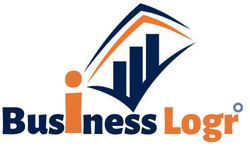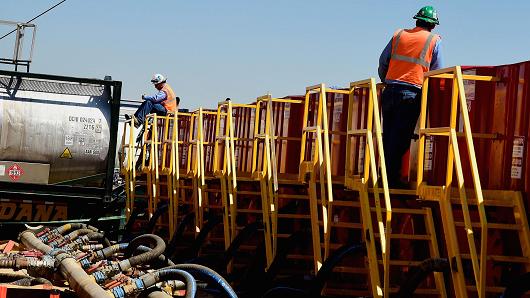Loans specifically designed for businesses are used to buy or refinance real estate for use in their activities. One of the most crucial things to think about when applying for a commercial loan is the lender’s minimum down payment requirement. This post will go over the significance of comprehending the minimum down payment requirements for commercial loans as well as the various variables that could influence them.

What is the minimal down payment for a business loan?
The amount of money a borrower must pay the lender up front in order to obtain financing for the purchase of commercial real estate is known as the minimum down payment for a commercial loan. This sum varies based on the lender, the kind of property being bought, and the borrower’s creditworthiness. It is typically represented as a percentage of the entire purchase price.
Why does the required minimum down payment matter?
Because it dictates how much a borrower must pay up front to obtain financing for the purchase of commercial real estate, the minimum down payment is significant. A borrower will need to borrow less money if they make a greater down payment, which will result in lower monthly payments and lower interest throughout the course of the loan. Furthermore, a higher down payment may facilitate the acquisition of financing by demonstrating to the lender the borrower’s stability and stake in the property’s performance.
Factors influencing the required minimum down payment
The needed minimum down payment for a commercial loan might vary depending on a number of circumstances, such as:
- Property type: The minimum down payment needed may vary depending on the type of property being bought. A lender might, for instance, demand a higher down payment for a property that is deemed to be riskier—like a hotel or restaurant—than for a property that is deemed to be safer—like an office building.
- Loan-to-value ratio (LTV): This is the ratio between the loan amount and the property’s value. The needed down payment is inversely correlated with the LTV. For instance, a borrower may only be required to make a 10% down payment on an LTV of 90%, whereas an LTV of 80% may require a 20% down payment.
- Creditworthiness of the borrower: The minimum required down payment may vary depending on the borrower’s credit score and financial history. While a borrower with a lower credit score might need to put down a bigger amount to gain financing, a borrower with a higher credit score might be able to secure financing with a lower down payment.
- Loan term: The length of the loan may have an effect on the needed minimum down payment. For instance, a longer loan period might permit a lower down payment, whereas a shorter loan term might necessitate a larger one.
advantages of a higher initial investment
Although making a higher down payment could demand more money up front, doing so has a number of advantages, such as:
- Reduced monthly payments: A borrower will need to borrow less money if they make a greater down payment, which will result in lower monthly payments.
- Reduced interest rates: Since a greater down payment lessens the lender’s risk, interest rates may be lowered.
- Financing made easier: A higher down payment may facilitate financing because it demonstrates to the lender the borrower’s stability and interest in the property’s success.
In summary
Any business owner wishing to buy or refinance a commercial property needs to be aware of the minimum down payment requirements for commercial loans. Business owners can better prepare for the financing process and make long-term decisions that will benefit their company by understanding the elements that can affect the minimum down payment necessary. Greater down payments provide a number of advantages that can aid in the future success of the company, even though they can necessitate more cash up front.




